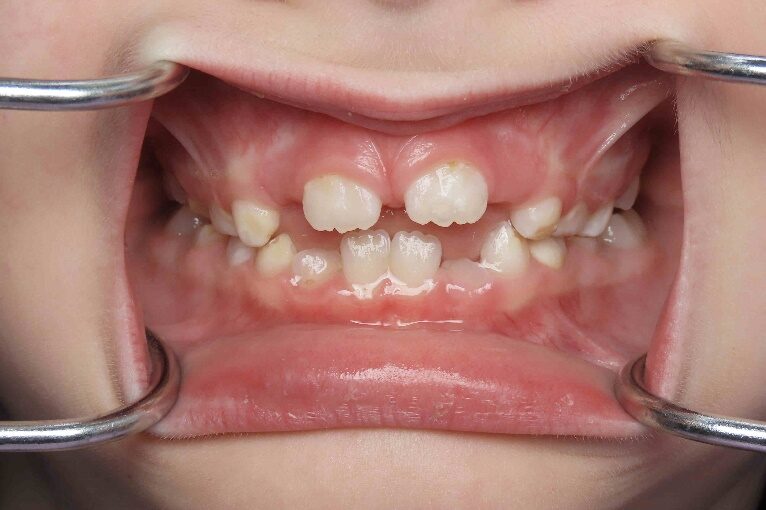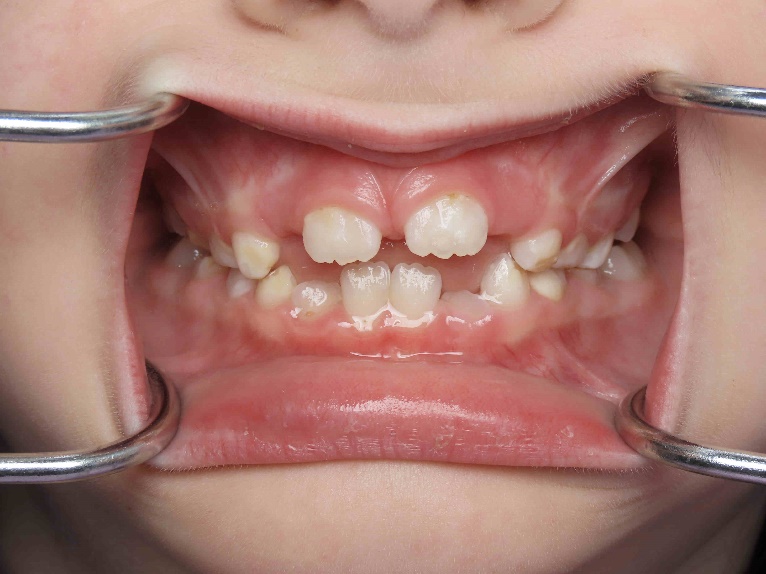By: Dr. Elizabeth Eggert
Dental expansion is a relatively common orthodontic treatment that broadens the palate and increases space for the teeth. Also known as palatal expansion or upper jaw expansion, it’s an especially simple treatment when administered to children and pre-teens. This is because children’s hard palates remain two separate halves that only fuse together after puberty, sometimes well after puberty.
Here’s some information on what dental expansion is, when it’s indicated, and how it can help both children and adult patients.
What Is Dental Expansion?
The procedure is technically known as maxillary expansion or palatal expansion. It’s a standard orthodontic treatment useful in correcting tooth overcrowding, misalignment, breathing trouble, and other issues. While it can be attempted on patients of any age, it’s a simpler and more predictable treatment on growing children. When it’s administered to adults, it typically requires surgical intervention.
In childhood, the palate consists of two separate bony halves that do not fully fuse until adulthood. If the jaw is narrow or if dental issues such as misalignment or overcrowded teeth are present, we can gradually move the two halves of the palate apart to encourage bone to grow between the halves, making the jaw wider.
When Is Dental Expansion Necessary?
Dental expansion ensures that the upper jaw is the optimal width for healthy teeth. When the jaw is too narrow, a number of undesirable dental consequences may occur including underbite, crossbite, impacted teeth and crowded teeth.
- Underbite: The front lower teeth stick out further than the front upper teeth.
- Crossbite: The upper teeth bite inside the lower teeth because the lower jaw is wider than the upper jaw.
- Impacted teeth: Some teeth are blocked from erupting by the other teeth.
- Crowded teeth: There’s not enough space in the jaw for all the permanent teeth to erupt in an aligned manner.
All of these conditions may cause a malocclusion, which means that the teeth fail to align properly and create a poor fit when the jaw is closed.
Dentists and orthodontists can evaluate whether there will be sufficient room for all the permanent teeth to erupt. If there isn’t sufficient room, early orthodontic treatment can expand the palate and thus both minimize how long braces are required and also contribute to a better alignment than braces could do on their own.
How Does Dental Expansion Help Dental Patients of All Ages?
Upper jaw expansion helps ensure a good fit between the lower and upper jaw and the teeth therein. A misaligned bite can cause dental problems such as uneven tooth wear, tooth grinding, tooth cracking, and crowded teeth that are prone to cavities.
However, the consequences aren’t just dental in nature. Other issues can include:
- Jaw strain and/or TMJ (temporomandibular joint) issues
- trouble biting and chewing
difficulty speaking clearly - headaches
- facial asymmetry
Additionally, breathing can be impaired by a poor bite due to a narrow arch, which can contribute to mouth breathing and even some types of sleep apnea, which may contribute to sleepiness, poor concentration (including ADHD), and irritability.
Eggert Family Dentistry Can Help
If you or your child has dental or health issues that could be resolved by palatal expansion, please reach out to Dr. Elizabeth and Dr. Jeff. We’d be happy to address this during your next exam and let you know whether and how dental expansion can help you or your child to have a better bite and improved dental health, along with potentially improved respiration and other functions. Call us today at 651.482.8412, we look forward to helping you!


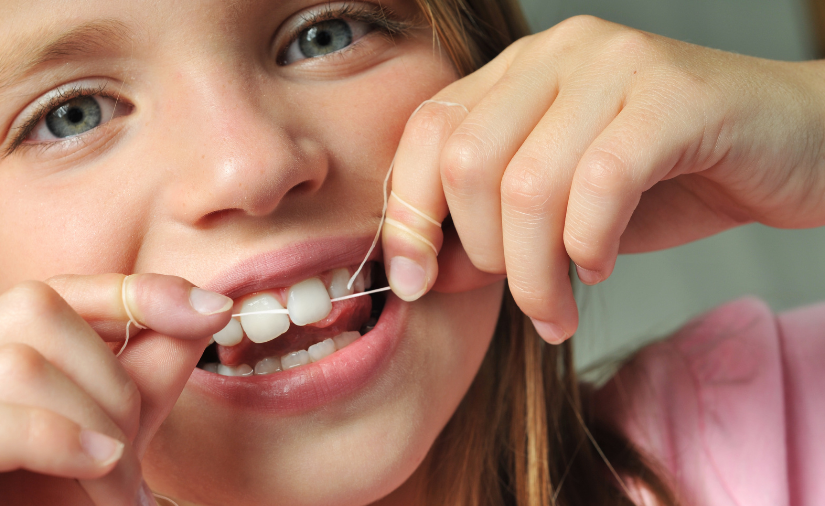


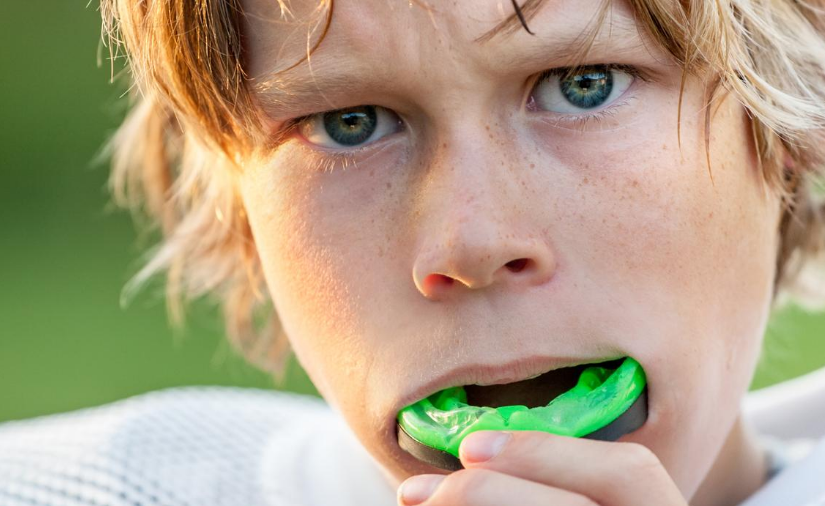

 Candy on a stick, such as lollipops or rock candy, is meant to be enjoyed over time. Because it lingers in your mouth, it increases the production of saliva. However, instead of the saliva doing its job and rinsing bacteria out of your mouth, it only spreads the sugar around. Additionally, your mouth produces acid in an attempt to destroy the sticky sugar that then coats your teeth. The acid and sugar team up to break down tooth enamel and, with repeat exposure, can result in tooth decay.
Candy on a stick, such as lollipops or rock candy, is meant to be enjoyed over time. Because it lingers in your mouth, it increases the production of saliva. However, instead of the saliva doing its job and rinsing bacteria out of your mouth, it only spreads the sugar around. Additionally, your mouth produces acid in an attempt to destroy the sticky sugar that then coats your teeth. The acid and sugar team up to break down tooth enamel and, with repeat exposure, can result in tooth decay. You might be wondering where sour candy fits into the picture. Warheads, Sour Patch Kids, Sour Skittles…kids LOVE sour candy and love to challenge themselves and their friends to eat large quantities of it or hold the sour candy in their mouths for long periods of time.
You might be wondering where sour candy fits into the picture. Warheads, Sour Patch Kids, Sour Skittles…kids LOVE sour candy and love to challenge themselves and their friends to eat large quantities of it or hold the sour candy in their mouths for long periods of time. One of the most popular categories of Halloween candy are chocolates. While many have sticky centers like Twix, Rollos or Snickers, others like Hershey’s bars and Nestle Crunch dissipate quickly in your mouth, making them more dental-friendly than almost any other candy.
One of the most popular categories of Halloween candy are chocolates. While many have sticky centers like Twix, Rollos or Snickers, others like Hershey’s bars and Nestle Crunch dissipate quickly in your mouth, making them more dental-friendly than almost any other candy.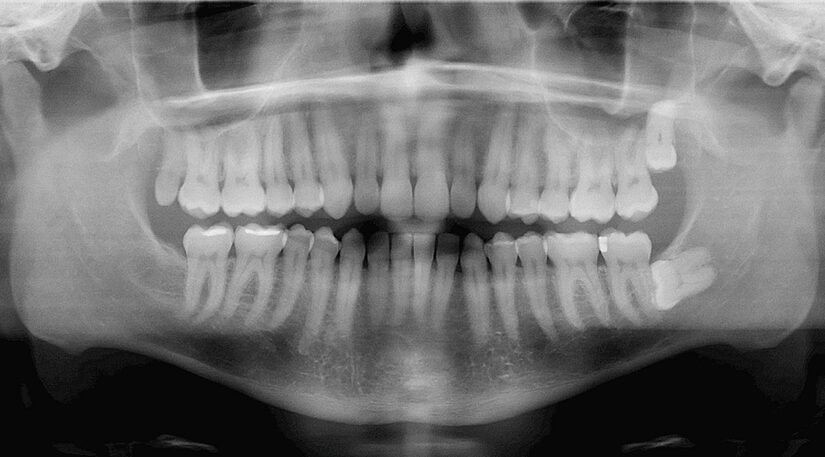
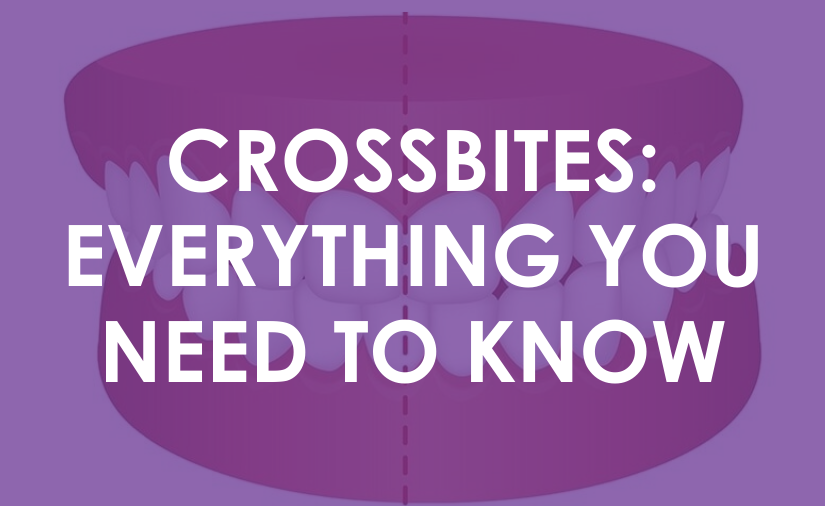

 When you bring your baby in for their first dental visit, Dr. Elizabeth or Dr. Jeff will take a peek in their mouth and check all erupted teeth to make sure they’re healthy. Then they will discuss basic baby and toddler oral care, address the
When you bring your baby in for their first dental visit, Dr. Elizabeth or Dr. Jeff will take a peek in their mouth and check all erupted teeth to make sure they’re healthy. Then they will discuss basic baby and toddler oral care, address the 
 Buy your child a new toothbrush, a tube of
Buy your child a new toothbrush, a tube of  Check the school’s gum policy and, if it’s allowed, give your child a pack of sugar-free gum to chew after lunch to help clean their teeth
Check the school’s gum policy and, if it’s allowed, give your child a pack of sugar-free gum to chew after lunch to help clean their teeth Crunchy foods like carrots, celery and apples; limit citrus fruits which erode enamel quickly
Crunchy foods like carrots, celery and apples; limit citrus fruits which erode enamel quickly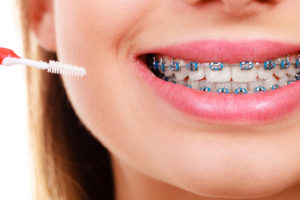 Put a travel toothbrush, a small tube of fluoride toothpaste, a container of floss and a container of dental wax in a small zipper bag and encourage them to brush their teeth after lunch
Put a travel toothbrush, a small tube of fluoride toothpaste, a container of floss and a container of dental wax in a small zipper bag and encourage them to brush their teeth after lunch